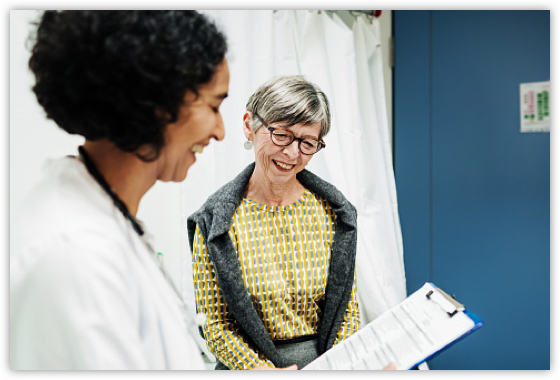By Dan Schnur
The Sacramento Bee
July 7, 2019
Note to readers: Each week through November 2019, a selection of our 101 California Influencers answers a question that is critical to California’s future. Topics include education, healthcare, environment, housing and economic growth. One influencer each week is also invited to write a column that takes a closer look at the issue.
Stay in the know: Sign up for the California Influencers newsletter here.
▪ ▪ ▪
Heads up, California. There’s a gray wave coming.
As the baby-boom generation ages, the number of senior citizens in the state is about to explode. The 65-and-over population will nearly double within a decade, which means a larger percentage of seniors here in California than in Florida. And it’s not clear if we’re ready for the societal, economic and health care demands this shift represents.
“California has a relatively young population that’s about to gray rapidly, and we are woefully unprepared,” said Bruce Chernof, president of The SCAN Foundation. “The state’s approach to aging services is a six-decade collection of well-meaning but one-off programs that are siloed from one another.”
Chernof was one of several of The Bee’s California Influencers who lauded Gov. Gavin Newsom’s “Master Plan on Aging,” which Newsom recently announced to address the needs of the state’s growing senior population.
Kassy Perry, president of the Perry Communications Group, coupled her praise with a warning.
“That’s a start, but the hard work is still to come,” Perry said. “Unless we face reality and make significant changes to the way we provide services and address the needs of the growing senior population, California will see generational poverty the likes of which we have not seen since the Great Depression.”
Mark Ghaly, Newsom’s secretary of the Health and Human Services Agency, described the challenge that he and his colleagues face in developing the governor’s plan.
“The current patchwork of services are not person-centered nor do they attempt to address the holistic needs of the individuals or their caregivers,” Ghaly said. “Government cannot do this alone. It is our collective responsibility to build an age-friendly state.”
The scope of the challenge is even greater given the unique health care needs of seniors, cautioned Joseph Alvaranas of the City of Hope cancer treatment and research center.
“We have found that caring for senior cancer patients requires a special skill set to ensure that care and quality of life issues are appropriately managed,” Alvarnas said, pointing to City of Hope’s geriatric assessment program that customizes patient treatments. “As the senior population of California grows, we must shift our mindset to provide scalable access to appropriate care especially in cancer where prevalence grows with age.”
Carmela Coyle, president of the California Hospital Association, outlined some necessary next steps.
“Healthcare workers of the future — people specially trained to work in the community and in peoples’ homes … can link older adults with their doctors between visits, monitor their well-being and keep them connected with their communities,” Coyle said. “Technology that monitors vital signs and chronic health care conditions catches problems early and prevents conditions from worsening. This makes for better quality care, with less cost and inconvenience.”
Other Influencers emphasized likely job prospects for younger Californians in the burgeoning health field.
“The health workforce opportunity is staring us right in the face. Our young people badly need these opportunities, and we aging baby boomers need these young people,” said Robert Ross, president of The California Endowment, who estimated 600,000 additional health workers would be needed in the coming decades. “The obvious benefit is that our aging community receives the care it needs, but health career investments can also be an important economic driver for the state.”
California Nurses Association Executive Director Bonnie Castillo renewed her call for a single-payer health care system that would provide long-term services for seniors.
“Nurses know that California’s skyrocketing older adult population… face an alarming future if we do not see meaningful, systemic change statewide and nationally,” Castillo said. “Enough is enough. It’s time to pass Medicare for All, to ensure a supported, empowered future for California’s seniors.”
Former AARP National President Jeannine English recommended an equally fundamental, attitudinal shift, prioritizing the opportunities that accompany longer life spans.
“We should quit focusing (solely) on the challenges of supporting the frail and elderly and instead build a society that supports people throughout their lifespans,” English said, citing Singapore’s example of how to recognize the contributions that seniors can make. “They focus on empowerment rather than frailty. Their seniors are not considered a drain on society but rather an opportunity for the community to benefit from their wisdom, and judgment.”Dan Schnur, a veteran analyst and longtime participant in California politics, is director of the California Influencers series for McClatchy.
